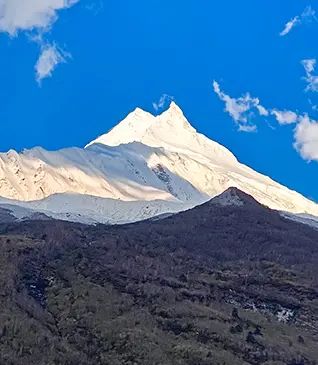Winter trekking in the Himalayas is giving way to Spring and the balmy breeze in the mountains makes us dream of the summer on the way. As we approach the warmer months, one trek in particular attracts our attention – we are talking about the beautiful Goechala Trek in Sikkim. Situated amidst the vast expanse of the Kanchenjunga National Park, this trek promises a rendezvous with nature's grandeur.
A Captivating Sanctuary in Nature – The Kanchenjunga National Park
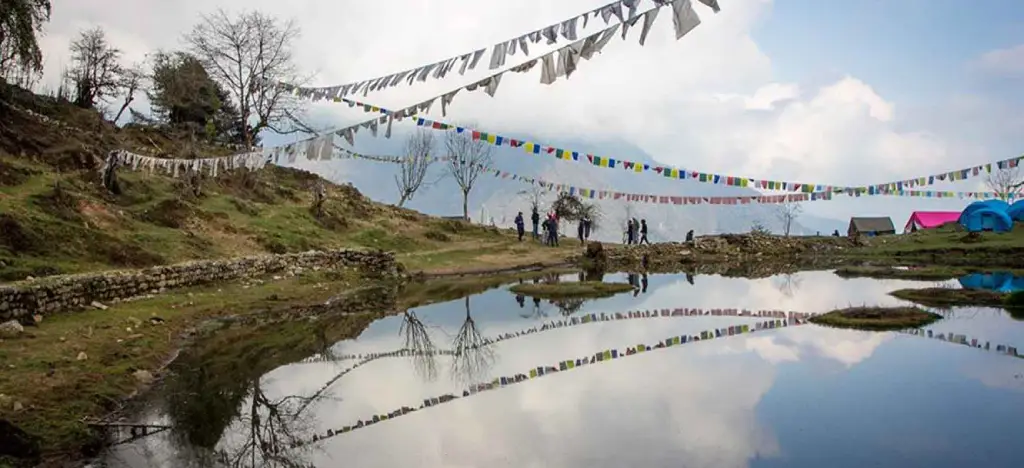
Located in the Eastern Himalayas within the state of Sikkim, lies the pristine wilderness of the Kanchenjunga National Park. Spanning over 2,035 square kilometres, this sanctuary of natural beauty is named after the majestic Mount Kanchenjunga, the third-highest peak in the world. The park's diverse landscapes range from lush subtropical forests to rugged alpine meadows and glaciers, showcasing unparalleled beauty.
Within its verdant embrace thrives a rich biodiversity, with over 2,000 species of flowering plants, including rare orchids like Dendrobium, Rhododendron, and Primula. Towering trees such as oak, rhododendron, birch, and fir dominate the landscape, while elusive creatures like the snow leopard, red panda, and Himalayan black bear roam its rugged terrain. The park also boasts a vibrant avian population, with over 200 species of birds gracing its skies.
Moreover, the Kanchenjunga National Park is not merely a haven for wildlife; it is also steeped in cultural significance, being home to indigenous communities like the Limbu, Rai, and Sherpa. Their traditions and livelihoods are intricately intertwined with the park's natural resources, serving as custodians of its rich heritage for generations to come.
Goechala Trek in Kanchenjunga National Park, A True Test of Resilience

Goechala Trek not only showcases the splendid beauty of nature but also epitomizes the spirit of adventure. While often touted as the most romantic trek, it is not merely a stroll through idyllic landscapes; it is a test of one's physical endurance and mental fortitude. Spanning a distance of 90 kilometres over 9 days, with an ascent to an altitude of 15,100 feet, the Goechala trek demands a good level of fitness and determination. Yet, it is amidst these challenges that true bonds are forged, making it an ideal adventure for friends, partners, or even solo trekkers seeking to push their limits and discover the depths of their capabilities.
As the saying goes, "the best view comes after the hardest climb," and nowhere is this truer than atop the Goechala Pass. From the crimson hues of Rhododendron flowers to the ethereal beauty of Samiti Lake, each step of the journey unveils a new facet of nature's splendour, leaving an indelible mark on the hearts of those who dare to tread its path.
Prepare for the Adventure
Before embarking on this epic journey, it is essential to ensure adequate preparation. The Goechala trek is rated as moderate to difficult, requiring a good fitness level and acclimatization to high altitudes. Seeking guidance from experienced trek operators like Trek The Himalayas can provide valuable insights and tips to maximize safety and enjoyment throughout the expedition.
Tips for Preparation
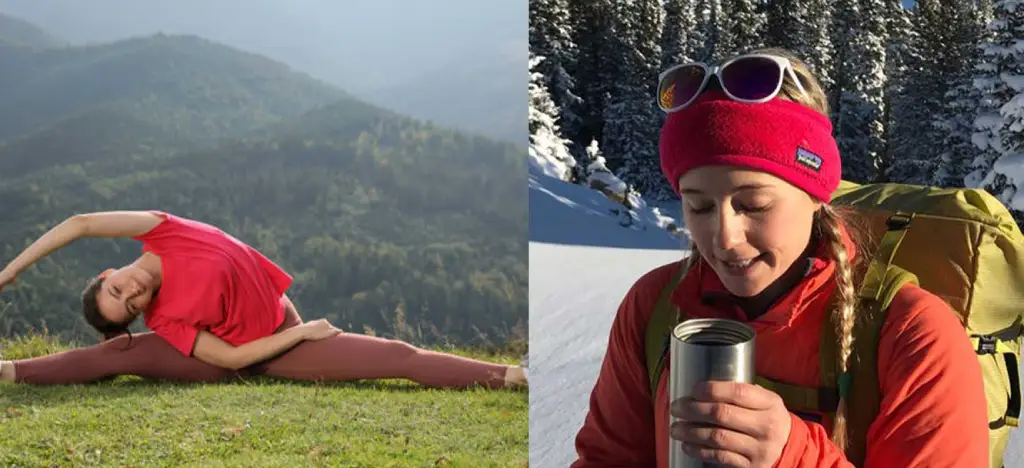
1. Start a regular exercise regimen at least 2-3 months before the trek. Focus on building endurance, strength, and cardiovascular fitness through activities such as hiking, jogging, cycling, and strength training.
2. Practice carrying a backpack with gradually increasing weight to simulate the load you'll be carrying during the trek.
3. Due to the high altitude of the trek, it's essential to acclimatize properly to prevent altitude sickness. Consider arriving a few days early in Sikkim to allow your body to adjust to the altitude gradually.
4. During the trek, ascend gradually, take frequent breaks, and stay hydrated to help your body acclimatize effectively.
5. Pack only the essentials to keep your backpack light and manageable. Opt for lightweight, moisture-wicking clothing that can be layered for warmth. Essential items include a sturdy pair of trekking boots, a warm sleeping bag, a waterproof jacket, insulated layers, a first aid kit, sunscreen, sunglasses, a hat, trekking poles, and a water purification system.
6. Hydration is crucial at high altitudes to prevent altitude sickness. Drink plenty of water throughout the day, even if you don't feel thirsty.
7. Consume a balanced diet rich in carbohydrates, protein, and healthy fats to fuel your body for the trek. Pack high-energy snacks such as nuts, dried fruits, energy bars, and electrolyte-rich drinks for quick boosts of energy.
8. Mental resilience is as crucial as physical fitness for tackling the challenges of the Goechala Trek. Stay positive, maintain a determined mindset, and be prepared to push your limits.
9. Before undertaking any strenuous trekking expedition, consult with your physician to ensure you're in good health and discuss any pre-existing medical conditions that may affect your trek. Carry essential medications, including those for altitude sickness, gastrointestinal issues, pain relief, and allergies.
10. Familiarize yourself with the Leave No Trace principles and abide by them to minimize your environmental impact during the trek. Respect the local culture, customs, and traditions of the indigenous communities residing in the region.
Goechala trek is not merely a trek; it is an odyssey of self-discovery amidst the untamed beauty of the Himalayas.
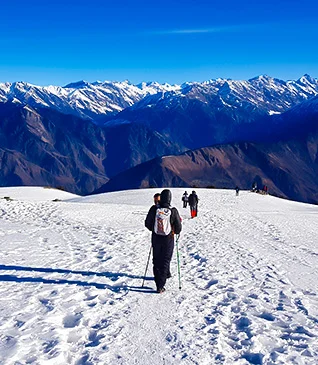
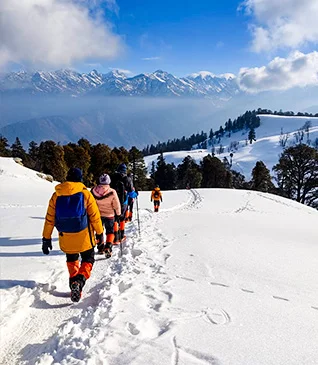
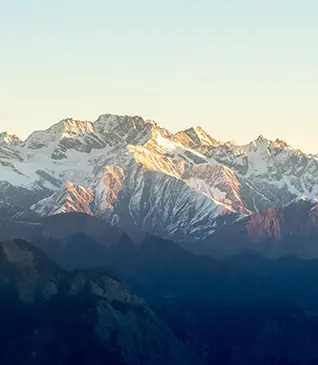
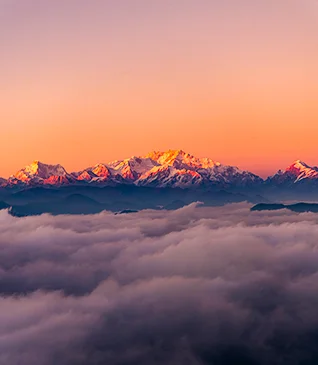
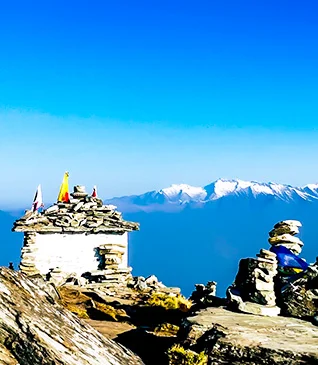
.webp)
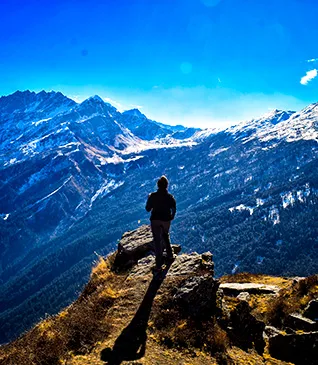
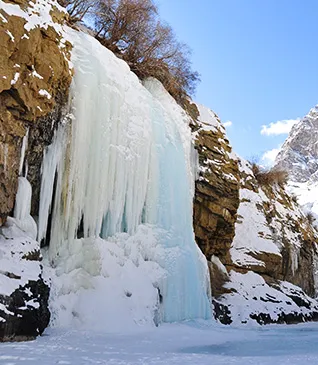
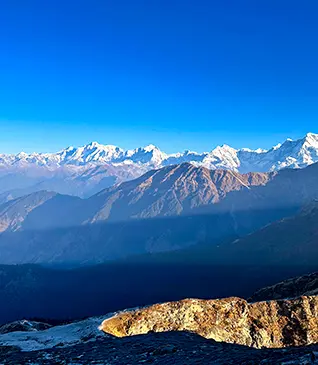
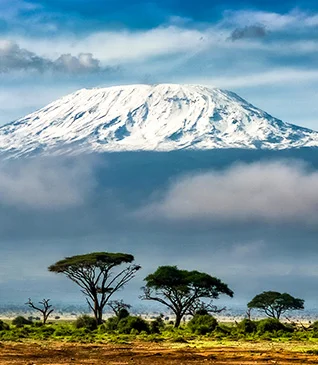
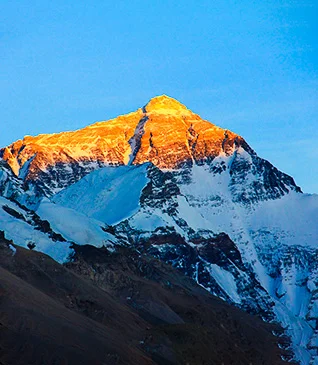
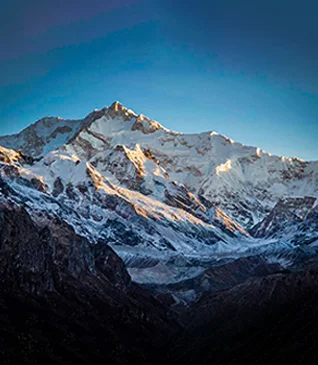
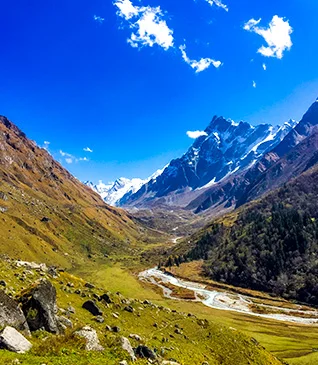

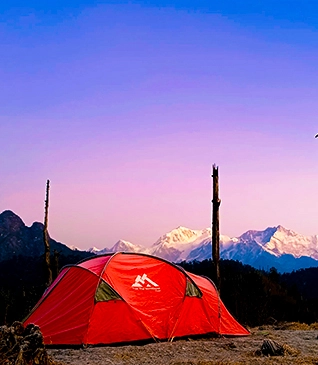
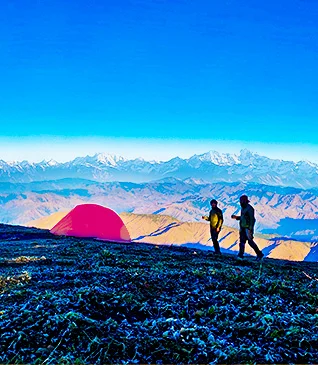
.webp)
